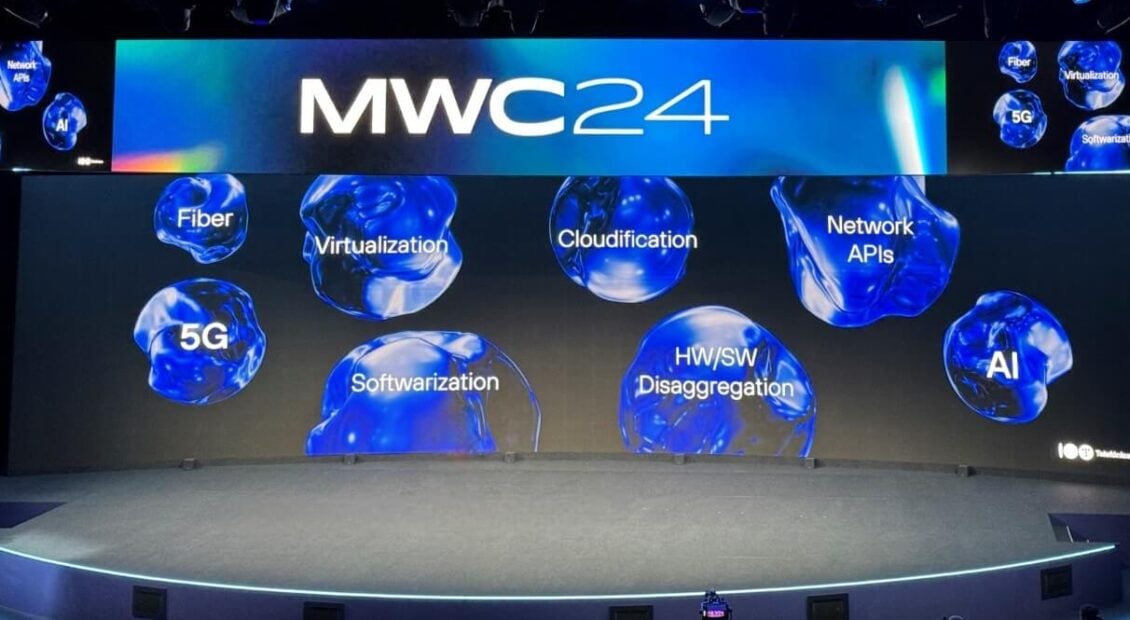Telco Cloud Deployment Tracker Q1 2024: Cloud-native gathers momentum
Telco cloud activity in 2024 is showing signs of growing momentum with 72 deployments in the year to date, in contrast to 90 for the whole of 2023. Even though many of these deployments are announced but yet to complete in 2024, there are improving prospects for vRAN and open RAN, alongside a positive outlook for 5G standalone.











